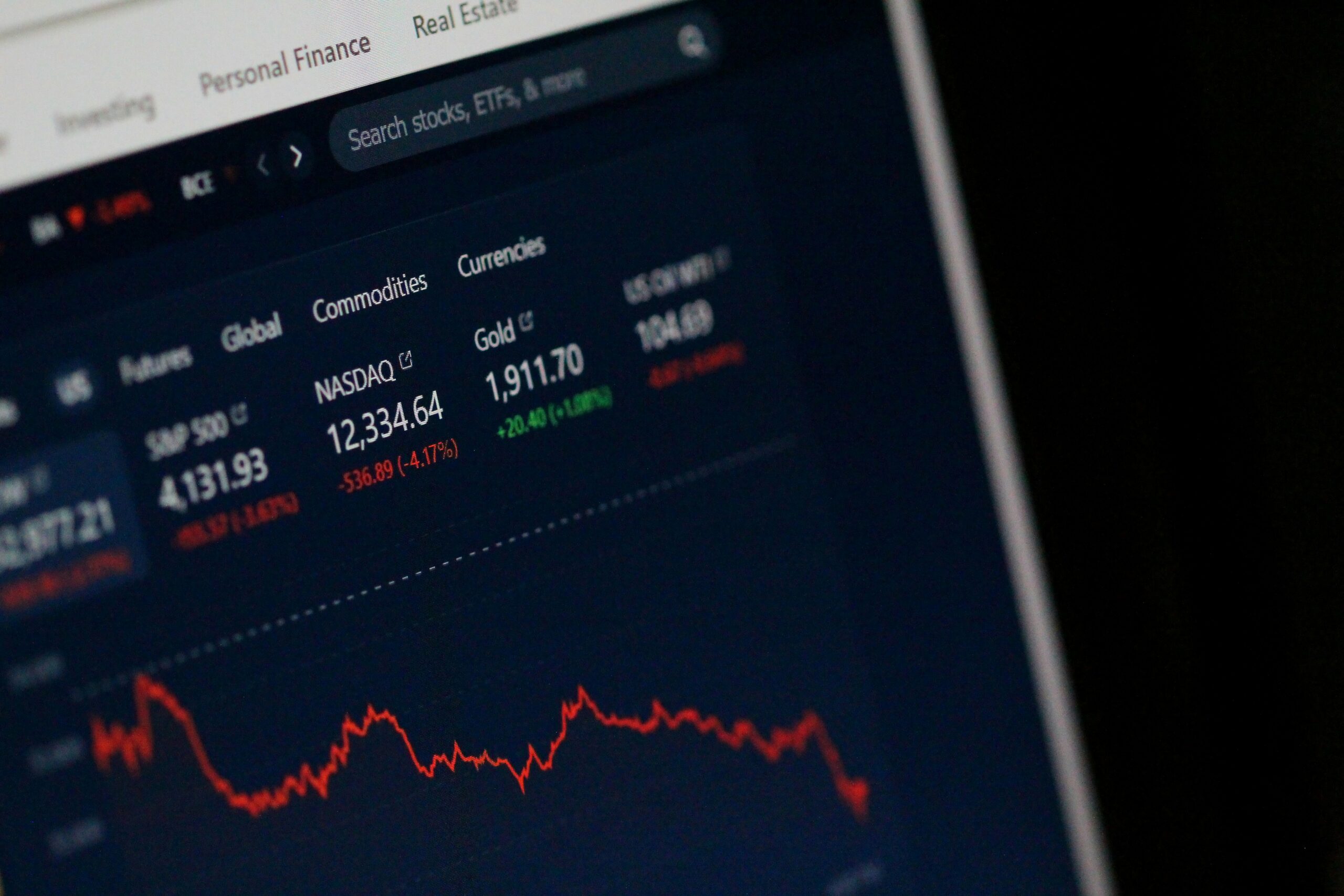Stock splits are a common event in the investing world, but many new investors aren’t sure exactly what they mean or how they affect their portfolio. When a company announces a stock split, it often grabs headlines and sparks excitement, but the reality is simpler than it sounds. Stock splits don’t change the overall value of your investment, but they can make shares more affordable, increase trading activity, and sometimes boost investor confidence. In this guide, we’ll break down what stock splits are, why companies do them, and how they impact your shares and the broader market.
What Is a Stock Split?
A stock split happens when a company increases the number of its outstanding shares by issuing more shares to current shareholders. The most common type is a forward stock split, where each investor receives additional shares while the price per share decreases proportionally.
For example, in a 2-for-1 stock split, every shareholder receives two shares for each one they already own, but the stock price is cut in half. So if you owned one share worth $200, you’d now own two shares worth $100 each. The total value of your investment ($200) stays exactly the same, the only difference is the number of shares and their price per share.
If you’re new to investing, start with How To Start Investing.
Why Companies Split Their Stock
Companies typically split their stock when the share price becomes relatively high, making it less accessible to small or new investors. By lowering the price per share, they make it easier for more people to buy in, which can increase liquidity (how easily shares are traded) and market activity.
A stock split can also serve as a positive signal to the market. It often indicates that the company’s stock price has performed well and management expects continued growth. Big names like Apple, Tesla, and Amazon have all done stock splits after long periods of rising share prices, helping to keep their stock attractive to everyday investors.
Learn the fundamentals behind how your money grows in What Is Compound Interest And How It Works.
Types of Stock Splits
There are two main kinds of stock splits:
- Forward Stock Split – The most common type. It increases the number of shares and reduces the share price proportionally. Example: a 3-for-1 split means each shareholder gets three shares for every one previously owned.
- Reverse Stock Split – This is the opposite: a company reduces the number of outstanding shares while increasing the share price. Reverse splits are often used by companies whose stock prices have fallen too low and risk being delisted from exchanges.
While forward splits are typically seen as a sign of strength and growth, reverse splits can be a red flag that a company is struggling to maintain investor confidence.
For a breakdown of different investment categories, read Types of Investments: Stocks, Bonds, Real Estate and More.
How Stock Splits Affect Investors
For investors, a stock split doesn’t immediately change the total value of your holdings. If you owned 10 shares worth $100 each before a 2-for-1 split, you’d own 20 shares worth $50 each afterward, still a $1,000 investment.
However, stock splits can have psychological and practical effects. The lower share price can attract more retail investors, leading to increased demand and trading activity. In some cases, the positive sentiment around a split can temporarily push the stock price higher. Still, the split itself doesn’t make the company more valuable, its fundamentals and performance are what truly matter over the long run.
Do Stock Splits Affect the Market or Stock Price?
Stock splits don’t change a company’s market capitalization (its total value), but they often create short-term excitement. After a split, shares may see a boost in trading volume or even a temporary price uptick, as smaller investors jump in due to the lower price point.
Historically, well-performing companies that announce stock splits, like Apple or Tesla, sometimes continue to rise afterward, but that’s due to underlying strength, not the split itself. A stock split alone doesn’t increase a company’s profitability or growth potential.
Ready to invest confidently? Check out Best Investing Platforms For Beginners.
How to Check If a Stock Is Splitting
You can easily find out if a company is planning a stock split by checking:
- Official company press releases (usually on their Investor Relations page).
- Financial news outlets like CNBC, MarketWatch, or Bloomberg.
- Stock market calendars (Nasdaq, Yahoo Finance, or your brokerage app).
Brokerages often send notifications or display upcoming corporate actions like stock splits, dividend payouts, or mergers directly in your account dashboard.
Should You Buy Before or After a Stock Split?
There’s no one-size-fits-all answer. Buying before a split might let you benefit from any excitement or momentum that comes with the announcement. Buying after a split can make shares more affordable and allow you to invest at a lower price per share.
The most important thing to remember is that a stock split doesn’t change the company’s value, so your decision should be based on fundamentals like earnings, growth potential, and financial health, not just the split itself. Long-term investors typically use splits as an opportunity to evaluate whether the company still fits their investment goals.
Summary
Stock splits are a normal and often positive part of the investing world. They make shares more accessible, improve market liquidity, and can boost investor confidence, but they don’t change the actual value of your investment. Whether you buy before or after a split, your focus should remain on the company’s long-term fundamentals, not short-term hype. Understanding how stock splits work can help you stay informed, confident, and focused on what really matters, building a strong, diversified portfolio.
FAQs
Do stock splits increase the value of my investment?
No. A stock split doesn’t change the total value of your holdings, it only increases the number of shares you own while proportionally lowering the price per share.
Why do investors get excited about stock splits?
Mainly because, splits can make high-priced shares more affordable and increase trading activity. They’re often viewed as a sign that a company is performing well, though the split itself doesn’t create real value.
What’s the difference between a stock split and a dividend?
A stock split multiplies the number of shares you own without changing your total investment value. A dividend, on the other hand, pays you a portion of the company’s profits in cash or additional shares.
Are stock splits a good sign for a company?
Usually, yes, forward splits often happen when a stock has risen significantly and management wants to make shares more accessible. However, a reverse split can indicate trouble if it’s done to avoid delisting.
How often do companies do stock splits?
There’s no set schedule. Some companies split every few years as their share price climbs, while others, like Berkshire Hathaway, never split because they prefer high share prices to attract long-term investors.
Do stock splits affect dividends?
The total dividend amount you receive stays the same after a split. You’ll simply have more shares, each paying a smaller per-share dividend that equals your previous total payout.
Should beginners worry about stock splits?
Not really. They’re more of an administrative event than a major investing decision. It’s better to focus on the company’s performance, earnings, and growth prospects than on whether it’s splitting its stock.

